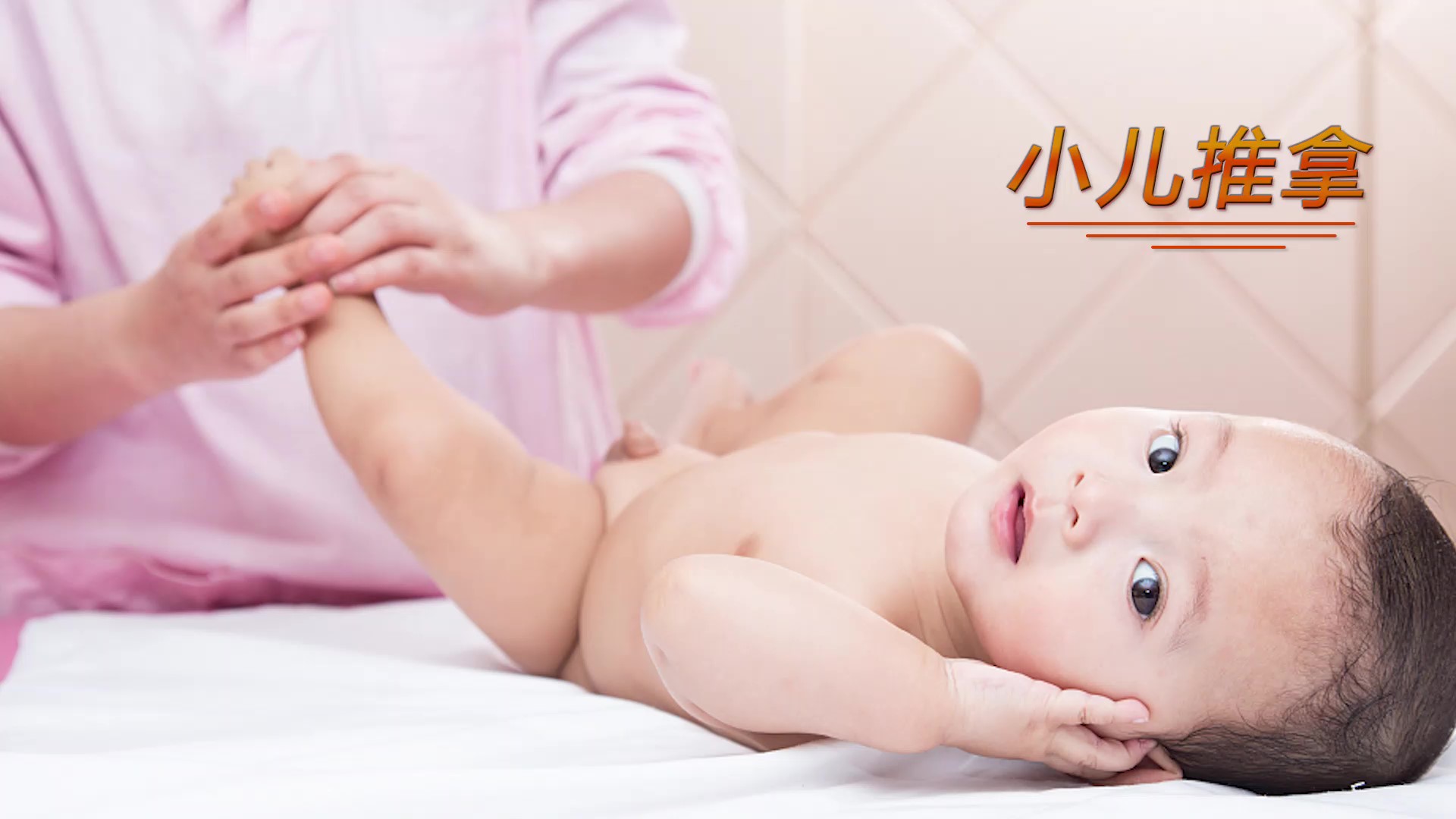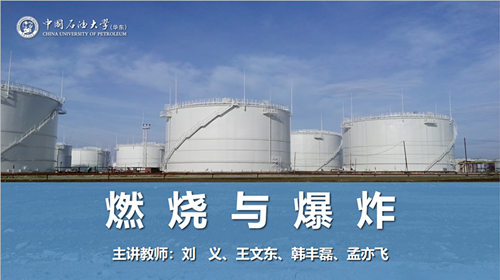
当前课程知识点:Chinese Ceramics > Unit 4 The Primitive Types of Ceramics > 4.4 Black Earthenware > Black Earthenware
返回《Chinese Ceramics》慕课在线视频课程列表
大家好 欢迎来到课堂
今天我们谈谈黑陶
在中国的原始陶器中
除了彩陶
黑陶在艺术上和工艺上
也取得了较高的成就
黑陶出现的时间大约在公元前2000年左右
是在彩陶基础上发展起来的
黑陶产生的时期正是中国由原始社会
向奴隶社会转型时期
无论是宗教祭祀还是祖先祭祀
都朝着一种规范化
制度化的方向发展
而社会成员内部的尊卑等级也越来越明显
其政治和经济利益的分配
也需要建立一种制度化的行为规范
在陶土的运用上
黑陶和彩陶一样
用的是优质的细泥质陶土
陶器虽然还用手制
但有些部分
已经从彩陶时期的慢轮制作发展到了快轮(脚轮)制作
辘轳车的使用也很普遍
在这一时期
除了少量的陶器
除了耳 鼻 嘴 流 把 足等附件
仍用手制外
器身一般
在陶轮上制作的
都用轮制
这样不仅能使器身的造型更加规整
而且使器壁厚薄均匀
甚至
制作出了
薄如蛋壳的黑陶
黑陶的器面进行了表面磨光处理
即在陶坯将干未干时
用砾石或骨器
在表面压磨
烧好后的黑陶表面
光亮如漆
彩陶
在绘制之前也要经过这样的处理
在绘制之前也要经过这样的处理
黑陶承袭了这种技术
其闪亮的质地和薄薄的陶壁
吸引了我们的注意
黑陶的出现
和窑炉气氛的变化密切相关与烧窑技术及窑炉气氛的改变有很大关系
用含铁质成分多的陶泥造成的陶器
在氧化焰气氛下烧成后呈红色或褐色
在还原焰的气氛下则呈黑色
原始烧制技术
将窑炉加热至所需温度
并堵塞烟道
这样 窑炉里的氧气不足
粘土中的铁元素不能充分还原
导致陶器变黑
由于这种烧成方式需要陶窑达到一定温度
技术上要掌握一定的火候
我们可以认为
黑陶时期的烧窑技术比以前有了很大的提高
据测定
黑陶的窑炉
能达到1000℃的高温
而一般彩陶的窑火则在800℃左右
由于泥土淘洗得更加细致
使用快轮 陶器表面磨光 更高的烧制技术等原因
使得黑陶与以往的陶器有了明显的不同
烧成技术的改进
使黑陶的致密度和烧结度都比以前更高
提高了陶器的坚硬度
快轮的运用 不仅使器壁厚薄更加均匀
器形更加规整
而且出现了许多新器型
烧成技术和成型技术的进步也带来了
造型艺术和装饰风格的改变
首先从装饰风格上说
一方面黑陶的黑色表面材质不适合彩绘装饰
另一方面复杂的器型构造也不适合进行彩绘装饰
在实用型的黑陶器物中
大多为素面磨光
这是一种非常典雅 精致的装饰
而除磨光外 还利用快轮辘轳的便利
在器身上划出或堆出凹进去或凸出来的
各种弦纹
这些弦纹
不仅起到了将器物分割为不同部位的作用
也是一种美丽的装饰
从而构成了黑陶的艺术风格
彩陶时期那种亢奋 激越
充满自由想象的图案装饰
让位于规则的
被严谨的
秩序化的 极其规则化的弦纹装饰所代替
那种红黑黄的
热烈色调也被
庄重单一的黑色所代替
那些在黑陶器皿上反复出现的弦纹
尤其是高足杯上的 充满节奏 旋律 动感
表现出一种经过反复提炼的程式美
如果说彩陶艺术更多地表现为一种激情的美
那黑陶艺术则更多地表现为一种理性的美
而造型艺术风格方面
由于快轮辘轳的运用
器物的外轮廓线有了更多复杂的起伏变化
由于彩陶更多关注其表面的绘画装饰
它的外轮廓线一般都比较简单 饱满
但黑陶由于其表面不加以彩绘
所有的变化都体现在器形的转折 起伏上
因此
外部线条
非常考究
无论口部到肩部
肩部到腹部 以及腹部到足部的转化
每一个细节都表现出对变化的追求
如果说彩陶艺术是以其图案的装饰美取胜的
黑陶艺术则是以其造型的变化来取胜的
在彩陶时期
日常的器型只限于罐
盆 壶 钵 碗 瓶 杯等
但快轮的使用
使黑陶时期产生了更多的容器种类
包括可以蒸煮食物的甗 还有高足“豆”
一种坐在地上
取食方便的盛食器
在装饰上
除素面磨光外
表面装饰
有各种纹样
有划纹 弦纹 方格纹
附加堆纹 圆圈纹
和镂孔等
今天就到这里
谢谢观看 下次再见
-1.1 Introduction
-1.2 Ceramics in Neolithic, East Han and Wei-Jin Dynasties
--Ceramics in Neolithic, East Han and Wei-Jin Dynasties
-1.3 Sui and Tang dynasties and Song Dynasty ceramics
--Sui and Tang dynasties and Song Dynasty ceramics
-1.4 Ming and Qing Dynasties
-Unit 1 test
--Unit 1 test
-Discussion questions
-2.1 The Unique Chinese Ceramic Culture
--The Unique Chinese Ceramic Culture
-2.2 The Historical Development of Chinese Ceramic Making
--The Historical Development of Chinese Ceramic Making
-2.3 Chinese Ceramic Shape Art
-2.4 Chinese Ceramic Painting Art
--Chinese Ceramic Painting Art
-2.5 Chinese Ceramic Folk Stories
--Chinese Ceramic Folk Stories
-Unit 2 test
--Unit 2 test
-Discussion questions
-3.1 CeramicCulture and the Zodiac
--CeramicCulture and the Zodiac
-3.2 The heritage of traditional ceramic culture
--The heritage of traditional ceramic culture
-3.3 The development and innovation of ceramic art
--The development and innovation of ceramic art
-Unit 3 test
--Unit 3 test
-Discussion questions
-4.1 Gorgeous Colored Pottery
-4.2 The Method of Making Colored Pottery
--The Method of Making Colored Pottery
-4.3 Primitive Colored Pottery Ⅰ
-4.3 Primitive Colored Pottery Ⅱ
-4.3 Primitive Colored Pottery Ⅲ
-4.4 Black Earthenware
-4.5 White Pottery and Primitive Porcelain
--White Pottery and Primitive Porcelain
-Unit 4 test
--Unit 4 test
-Discussion questions
-5.1 Terracotta Warriors in Qin Dynasty
--Terracotta Warriors in Qin Dynasty
-5.2 Potteries in Han Dynasty
-Unit 5 test
--Unit 5 test
-Discussion questions
-6.1 Dragon kiln and Celadon
-6.2 Yue Kiln and Wuzhou kiln
-6.3 Deqing Kiln and Ou kiln
-6.4 Longquan Wares
-6.5 Yaozhou Wares
-Unit 6 test
--Unit 6 test
-Discussion questions
-7.1 Tang Tri-Colored Pottery
--7.1 Tang Tri-Colored Pottery
--7.1 Tang Tri-Colored Pottery
-7.1Tang Tri-Colored Pottery
--7.1 Tang Tri-Colored Pottery
--7.1 Tang Tri-Colored Pottery
-Discussion questions
-Unit 7 test
--Unit 7 test
-8.1 The flourishing age of the Song Dynasty
--8.1 The flourishing age of the Song Dynasty
-8.2 The flourishing age of the Song Dynasty
--8.2 The flourishing age of the Song Dynasty
-8.3 Ding Wares
-8.4 Ru Wares
-8.5 Guan Wares
-8.6 Ge Wares
-8.7 Jun Wares
-Discussion questions
-Unit 8 test
--Unit 8 test
-9.1 Reasons for the maturity of Qinghua porcelain in Yuan Dynasty
--9.1 Reasons for the maturity of Qinghua porcelain in Yuan Dynasty
-9.2 The Invention of Blue-and-white Porcelain in the Tang Dynasty
--9.2 The Invention of Blue-and-white Porcelain in the Tang Dynasty
-9.3 Fine China Ware became the Symbol of ChinaⅠ
--9.3 Fine China Ware became the Symbol of ChinaⅠ
-9.3 Fine China Ware became the Symbol of ChinaⅡ
--9.3 Fine China Ware became the Symbol of ChinaⅡ
-9.3 Fine China Ware became the Symbol of ChinaⅢ
--9.3 Fine China Ware became the Symbol of ChinaⅢ
-9.4 The charm of QinghuaⅠ
-9.4 The charm of QinghuaⅡ
-9.4 The charm of QinghuaⅢ
-Discussion questions
-10.1 Da Ming Wucai
-10.2 Wooden engravings influence on Wucai porcelain
--10.2 Wooden engravings influence on Wucai porcelain
-10.3 Kangxi Wucai
-10.4 Liling Under-glaze multicolored porcelainⅠ
--10.4 Liling Under-glaze multicolored porcelainⅠ
-10.4 Liling Under-glaze multicolored porcelainⅡ
--10.4 Liling Under-glaze multicolored porcelainⅡ
-Discussion questions
-11.1 The advent of Fencai
-11.2 Fencai Porcelain in the Yong zheng period
--Fencai Porcelain in the Yong zheng period
-11.3 Fencai Porcelain in the Qianlong Period
--Fencai Porcelain in the Qianlong Period
-Discussion questions
-13.1 Zisha-pottery
-13.2 The Zisha Teapot
-13.3 The Zisha tea set in the Ming Dynasty
-Discussion questions
-14.1 Development of Contemporary Chinese ceramic art
--14.1 Development of Contemporary Chinese ceramic art
-14.2 The internationalization trend of Chinese modern ceramics
--14.2 The internationalization trend of Chinese modern ceramics
-14.3 A new style of contemporary ceramic art Ⅰ
--14.3 A new style of contemporary ceramic artⅠ
-14.3 A new style of contemporary ceramic art Ⅱ
--14.3 A new style of contemporary ceramic art Ⅱ
-14.4 The Trade of the Artisans Ⅰ
--14.4 The Trade of the Artisans Ⅰ
-14.4 The Trade of the Artisans Ⅱ
--14.4 The Trade of the ArtisansⅡ
-Discussion questions
-15.1 Unique Cloisonné technique
--15.1 Unique Cloisonné technique
-15.2 The Craftsmanship and Development of Cloisonné
--15.2 The Craftsmanship and Development of Cloisonné
-15.3 The Problems Facing the Inheritance of Cloisonné
--15.3 The Problems Facing the Inheritance of Cloisonné
-15.4 The inheritance and development of Cloisonné
--15.4 The inheritance and development of Cloisonné
-Unit 15 Test
--Unit 15 Test
-Discussion questions
-16.1 Appreciation of Chinese ceramics
--16.1 Appreciation of Chinese ceramics
-16.2 Explore the origins of ancient ceramics Ⅰ
--16.2 Explore the origins of ancient ceramics Ⅰ
-16.2 Explore the origins of ancient ceramics Ⅱ
--16.2 Explore the origins of ancient ceramics Ⅱ
-Unit 16 Test
--Unit 16 Test
-17.1 Traditional Chinese Decorative Patterns
--17.1 Traditional Chinese Decorative Patterns
-17.2 Application of Traditional Chinese decorative patterns in ceramics
--17.2 Application of Traditional Chinese decorative patterns in ceramics
-Unit 17 Test
--Unit 17 Test
-Discussion questions


